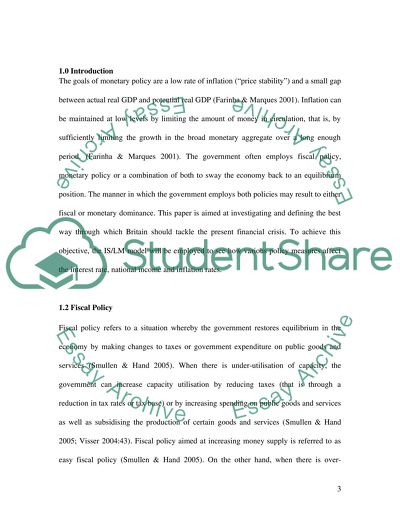Cite this document
(“Fiscal and Monetary Policy Essay Example | Topics and Well Written Essays - 2500 words”, n.d.)
Retrieved from https://studentshare.org/politics/1515147-fiscal-and-monetary-policy
Retrieved from https://studentshare.org/politics/1515147-fiscal-and-monetary-policy
(Fiscal and Monetary Policy Essay Example | Topics and Well Written Essays - 2500 Words)
https://studentshare.org/politics/1515147-fiscal-and-monetary-policy.
https://studentshare.org/politics/1515147-fiscal-and-monetary-policy.
“Fiscal and Monetary Policy Essay Example | Topics and Well Written Essays - 2500 Words”, n.d. https://studentshare.org/politics/1515147-fiscal-and-monetary-policy.


